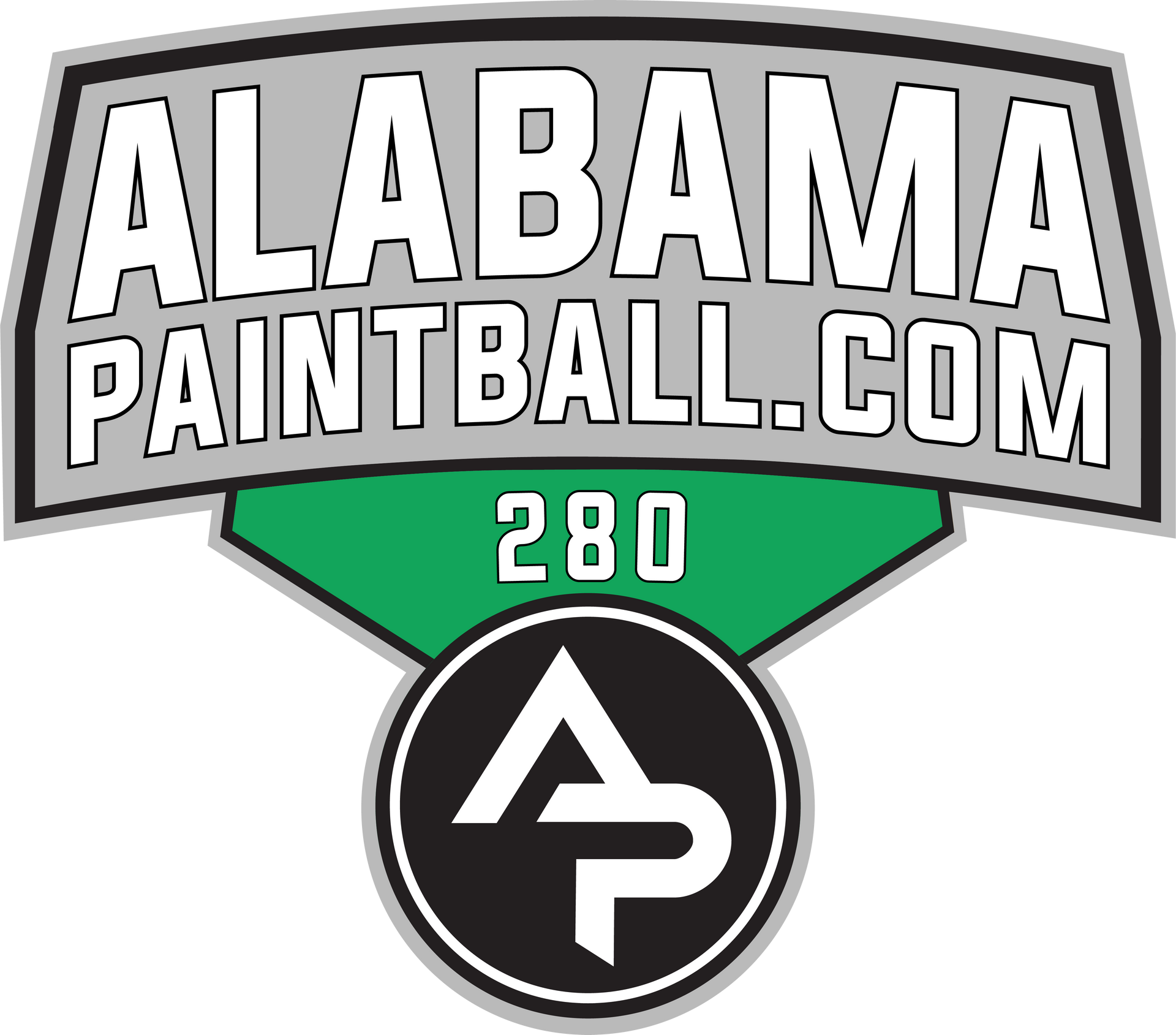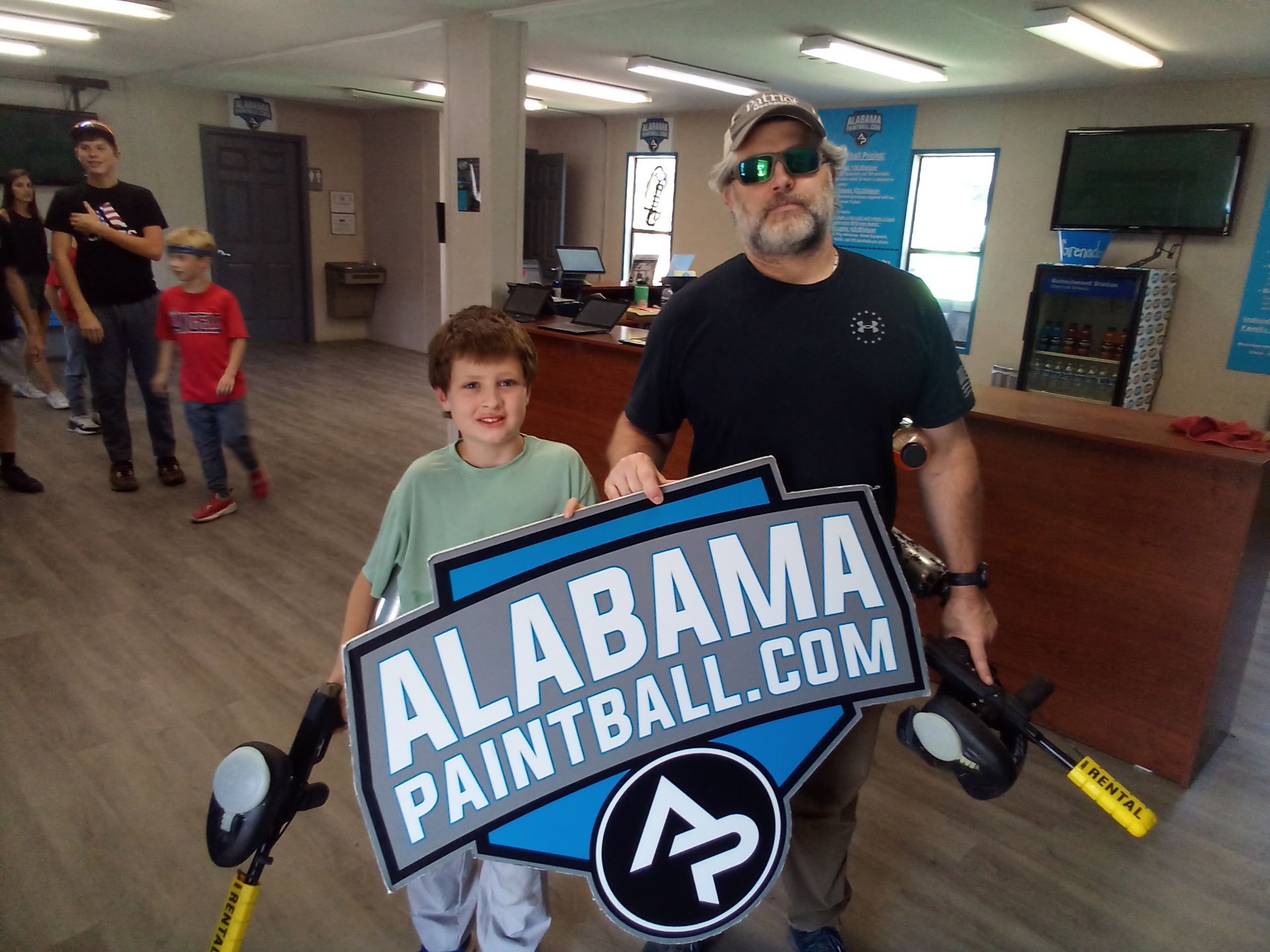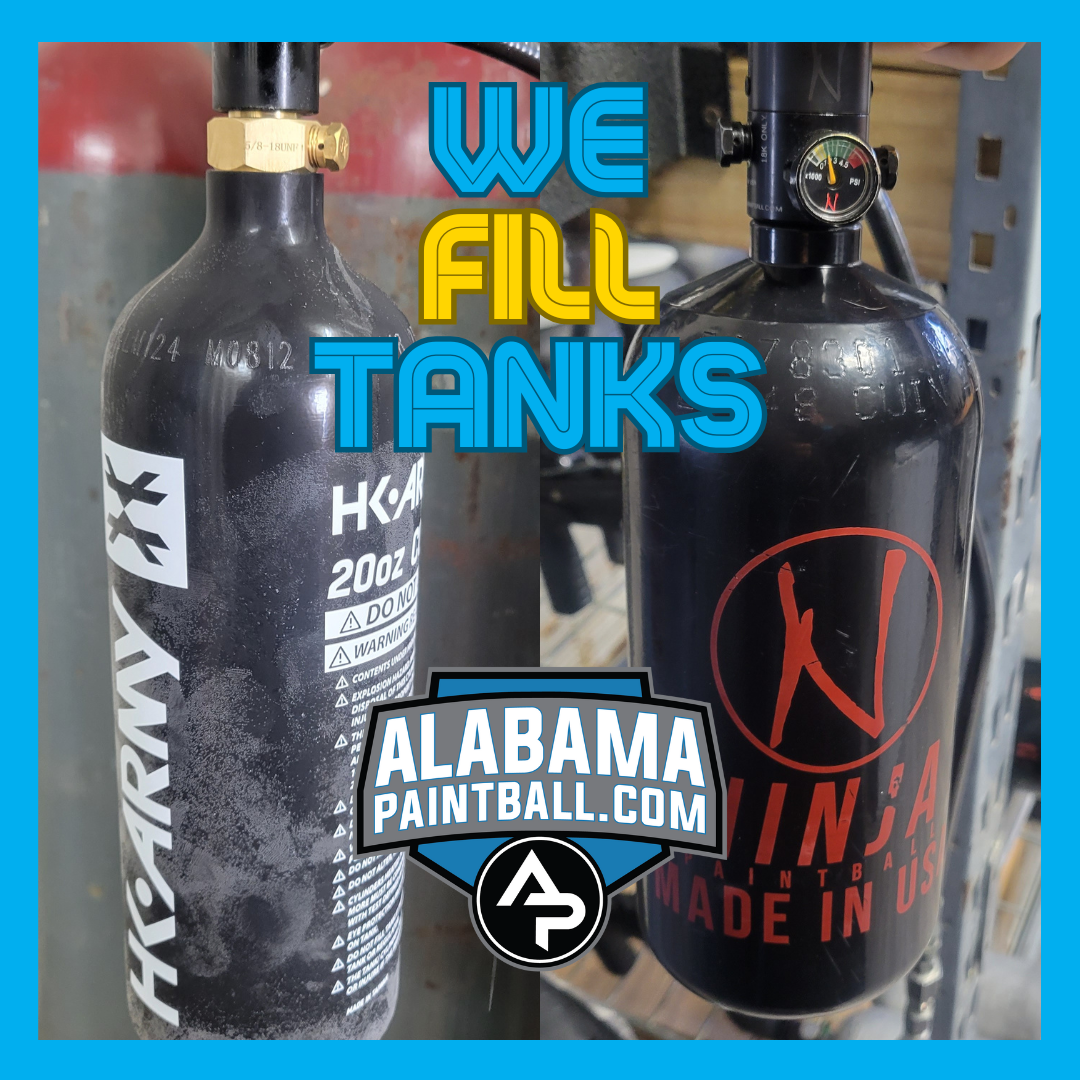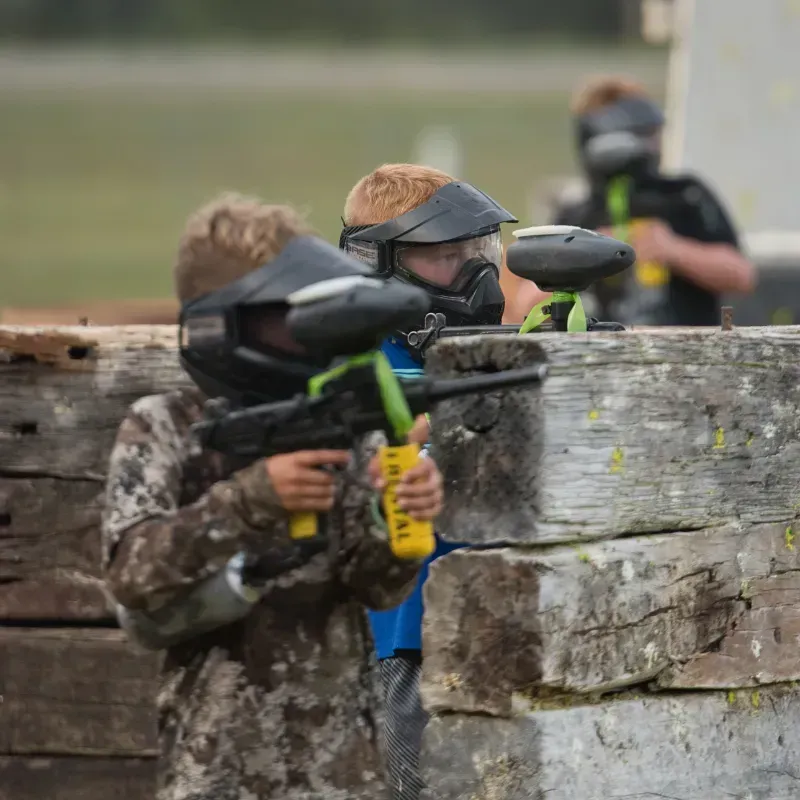Standard vs. Low-Impact Paintball- What's the difference?
Tyler CAPP • October 10, 2024
The difference between standard .68 caliber and Low-Impact .50 Caliber Paintballs comes down to size, impact, and user experience. Here’s a breakdown of the key differences:
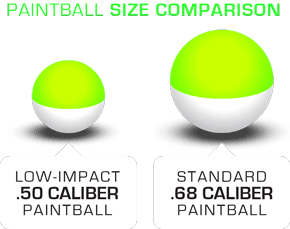
1. Size:
- .68 Caliber Paintballs: These are the standard paintballs used in most paintball games. They measure 0.68 inches in diameter, which is about 17.3 millimeters.
- .50 Caliber Paintballs: These are smaller and measure 0.50 inches in diameter, or around 12.7 millimeters. They are often referred to as "Low Impact" paintballs due to their smaller size and lighter mass.
2. Impact Force:
- .68 Caliber: Due to their larger size and mass, .68 caliber paintballs hit with more force. While still safe when proper gear is worn, the larger paintballs can sting more upon impact, making the game more intense.
- .50 Caliber: These are called "Low Impact" because they are smaller, lighter, and hit with less force. This makes them more suitable for beginners, kids, or players looking for a less painful experience. The smaller mass reduces the energy they carry, resulting in less noticeable hits.
3. Range and Accuracy:
- .68 Caliber: Being heavier, .68 caliber paintballs generally have a longer effective range and tend to be more accurate over long distances. They are preferred for more competitive, high-intensity games.
- .50 Caliber: These have a shorter effective range and slightly less accuracy due to their lower mass. However, they are still accurate at closer ranges and are more than adequate for casual or beginner-level games.
4. Velocity:
- .68 Caliber: Paintball markers are often adjusted to shoot .68 caliber paintballs at around 280-300 feet per second (fps).
- .50 Caliber: These are typically shot at around 250 fps or lower, further contributing to the reduced impact.
5. Suitability:
- .68 Caliber: This is ideal for experienced players, adult-only games, and scenarios where players are comfortable with the full-intensity paintball experience.
- .50 Caliber: Designed for younger players, beginners, or people who want a less intimidating introduction to paintball. It’s also popular for corporate events, birthday parties, and family-friendly paintball sessions.
6. Cost:
- .68 Caliber: Since these are larger, they tend to be more expensive per paintball. However, this is the most common size, so you’ll often find more options for gear and ammunition.
- .50 Caliber: These are cheaper per paintball, given their smaller size, which can make games more affordable for larger groups or longer sessions.
7. Marker Compatibility:
- Paintball markers (guns) are typically designed to shoot one specific caliber. .68 caliber markers won’t shoot .50 caliber paintballs unless specifically modified or designed for both sizes. There are .50 caliber markers specifically designed for Low Impact paintballs, often featuring lighter designs and simpler mechanisms.
Summary:
- .68 caliber paintballs are the standard at Alabama Paintball Quest, offering a full-impact, intense experience with longer range and higher accuracy, as well as the ability to utilize personal equipment.
- .50 caliber paintballs are a lower-impact alternative and the standard issued at Central Alabama Paintball- perfect for beginners, younger players, or those looking for a less painful paintball experience with shorter range and lower accuracy.
Choosing between the two depends on the kind of paintball experience you're looking for, and we are happy to provide any assistance when designing your ideal experience! Give us a call at either Alabama Paintball location today!




